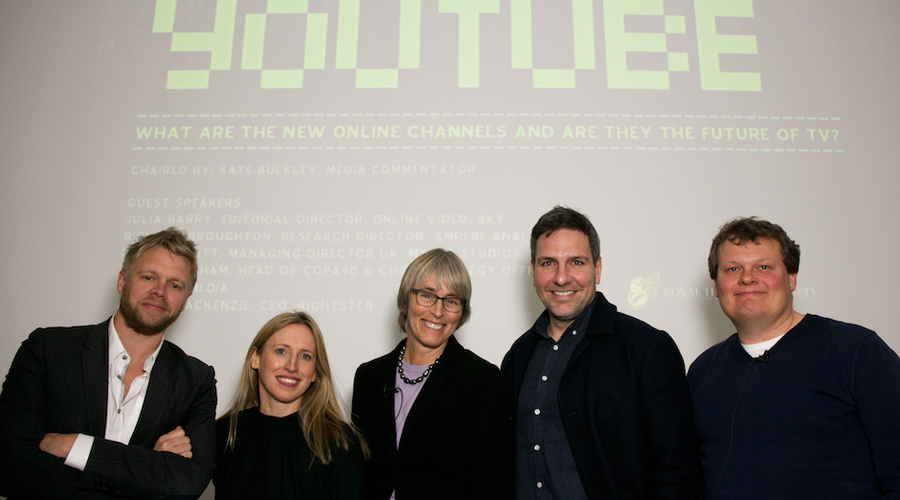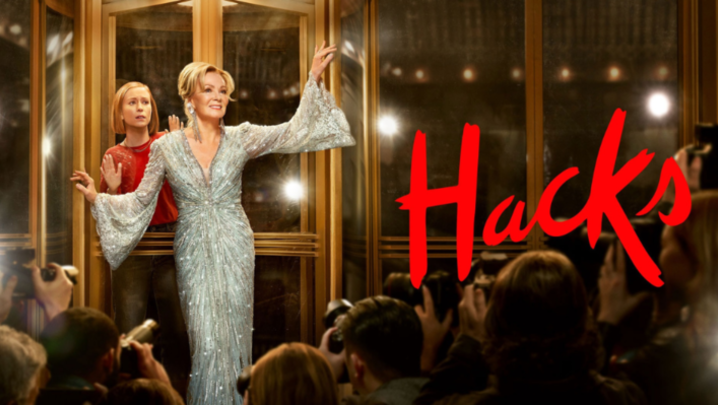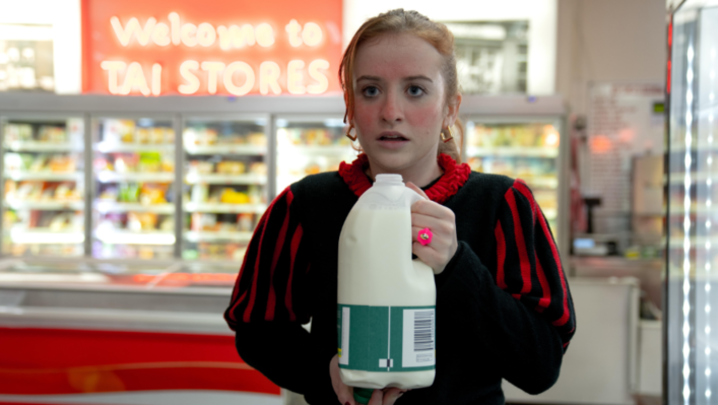“Now is the most exciting time for companies in the online video space,” claimed Rightster chief Ashley MacKenzie at a sold-out RTS early evening event.
YouTube and Facebook, which between them boast 19 billion daily views worldwide, offer huge online platforms to video content producers but television is also entering the market.
Sky’s new TV service Sky Q includes an online video section, bringing together content from many digital creators, including Barcroft Media, Red Bull Media House and GoPro. And youth brand Vice recently announced that its first European linear TV channel, Viceland, would launch in September.
“It’s clear that online video is a phenomenon that’s gone beyond just something that’s happening on the internet,” said journalist Kate Bulkley, who chaired the RTS event, “Beyond YouTube”.
“The quality is growing, It’s not simply short form and it’s certainly gone far beyond the ‘cat on skateboard’ [videos] that were on YouTube before,” she added.
The audiences of the biggest YouTube sensations dwarf those of telly programmes –Swedish gamer PewDiePie boasts more than 40 million subscribers to his channel.
The growth of online video has brought new players into the market, including multi-channel networks (MCNs), which are aggregating this content. Two of these outfits – Rightster and the Disney-owned Maker Studios – were represented on the panel at the event.
Richard Broughton, Research Director of media research outfit Ampere Analysis argued that MCNs were in a strong position to move forward. “They are content creators, they’ve got brand affiliations and they have multiple outlets on which you can view their content,” he said.
“Traditional broadcasters don’t need to be worried about their business any time soon but if they or their shareholders are looking for growth, the [online video sector] is where the growth is,” he added.
The audience for online video remains youthful, argued MacKenzie, who is a veteran of the MCN business having founded video service Base79 (which he sold to Rightster in 2014) in 2007. “The genuine heavy users remains 10 to 18 year-old kids,” he said. “I’m not certain whether that’s going to change massively.”
Julia Barry, Editorial Director, Sky On Demand, agreed that audiences were young but added that there was an untapped older market. “There’s a real opportunity to grow the reach of this content and bring more eyeballs to it by putting it into our Sky ecosystem and opening up access,” she said.
“For a 25-plus audience we think that easy-to-understand curation will help discoverability. We’re going for really simple content categories like ‘quick laughs’ and ‘food and drink’, which we know our customers will go to,” added Barry.
James Kirkham moved to Bigballs Media in February to run global football fans’ channel Copa90, which he said had an audience “sweet spot of 18 to 25”.
Kirkham argued that barriers are breaking down between different media. Young audiences see no difference between “on and offline, between a football management game, watching [football] on TV and watching catch-up”.
The media landscape is changing rapidly. Mobile platforms such as Snapchat, which now has 8 billion daily views, offers MCNs another platform for their content. “It demonstrates this insatiable appetite audiences have to connect,” said Dan’l Hewitt, UK Managing Director of Maker Studios.
“I’m 40 and I had that experience that I’m sure my mum had a few years ago [recently] where I had to lean over to one of our creators and say, ‘Can you show me what the hell you’ve done on Snapchat because I don’t understand how that works.’”
Click here to view "MCNs: The Future of TV?" from Ampere Analysis
The RTS early evening event, “Beyond YouTube”, was held at the Cavendish Conference Centre in central London on 14 March. The producers were Kate Bulkley and Stephen Gaynor.









